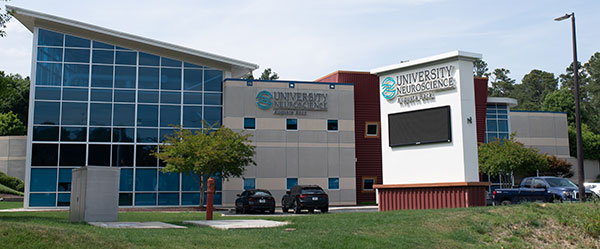 Brain tumors | Stroke | Peripheral Nerve, Carpal Tunnel, Ulnar Nerve | Headache | Acute Spinal Cord Injury | Aneurysm
Brain tumors | Stroke | Peripheral Nerve, Carpal Tunnel, Ulnar Nerve | Headache | Acute Spinal Cord Injury | Aneurysm
Stroke
A stroke is essentially a heart attack in the brain. Sometimes called a "brain attack," a stroke occurs when blood flow to the brain is cut off. Decreased blood flow and lack of oxygen can cause brain cells to die. Individuals with stroke symptoms should seek immediate emergency medical care to minimize their risk of serious disability or death.
- Strokes are the nation's leading cause of disability and the third leading cause of death.
- According to a study by the University of Cincinnati College of Medicine, most people aren’t aware of the symptoms of strokes or the possible risk factors involved.
- Additional research by the same university reveals that the number of strokes in the United States is about 200,000 more than previously estimated. So instead of 500,000 strokes each year, it is more likely that there are around 700,000.
- Strokes are most common in people age 75 and older.
- Previous stroke victims have a high chance of experiencing a recurrent stroke that is often more disabling and deadly than the first.
- For those under age 65, African-Americans are two to four times more likely to have a stroke than Caucasians. This is attributed to a higher prevalence of hypertension and diabetes in African Americans.
What causes a stroke?
The following factors increase an individual’s risk of stroke:
- High blood pressure
- Cigarette smoking
- Heart disease
- Diabetes
- Atrial fibrillation
- TIAs
- Family history of stroke
Another condition that places someone at risk for a stroke is carotid stenosis. This occurs when there is a narrowing of the wall in the carotid artery. This artery travels up the neck and carries blood into the brain. If the artery is blocked by small clots, debris or fatty plaque, a stroke may occur.
Treatment options
When it comes to treating a stroke, timing is everything. It is crucial to treat a stroke as soon as possible. Every minute that passes decreases the chance for recovery. Brain cells cannot function long without just the right amount of blood flow. If treatment is not found quickly, these cells can die and possibly cause permanent brain damage. Neurosurgeons can treat strokes only by preventing (before it happens), responding to (immediately following a stroke) and intervening during (while it is happening) the stroke.
Methods used to treat stroke victims include drug therapy, imaging tests, treatments aimed at saving brain tissue and surgery. Blood thinners are often prescribed that help prevent clotting that can lead to stroke.








